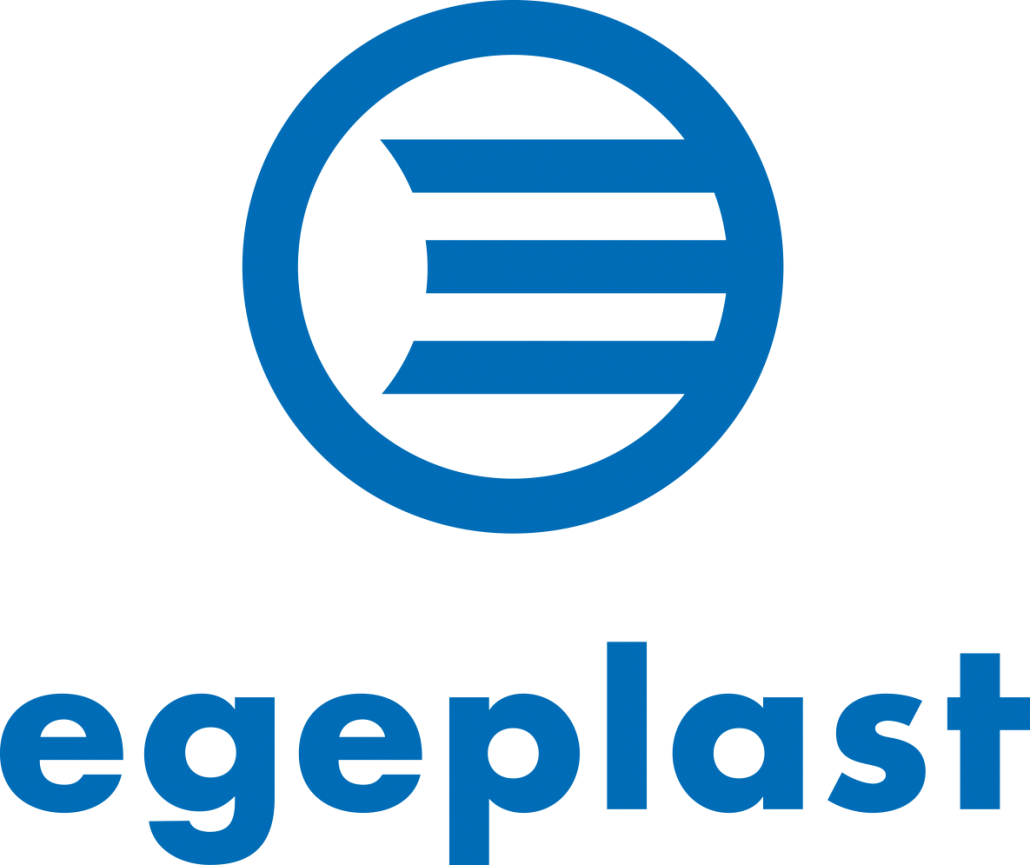Pipeline construction not only involves the installation and insertion of new pipelines; the safe welding of sections of pipeline and connection to the grid using moulded fittings also constitutes a component of a construction measure.
A clean, undamaged surface is a precondition for the secure welding of a PE HD pipe. Damage that occurs when inserting an unprotected pipe conceals a risk.
Saddle welding on pipes with protective sheathing
Saddle welding on pipes without protective sheathing
Therefore the importance of the protective sheathing is demonstrated both during and after installation. The protective sheathing systematically prevents scratching on the pipe surface which in turn prevents reduction in the service life and enables DVS-compliant, safe welding also during the toughest installation.
A great advantage of using fl exible pipelines is the possibility of squeezing a pipeline. This means that during integration and repair measures, the media fl ow can be sealed off under pressure without using a shut-off valve. In England incidents of damage have been recorded when PE pipelines are squeezed that have previously been installed using a trenchless method and which have surface notches. By contrast, when using pipes with protective sheathing the crackinducing notches are systematically prevented, and the pipeline can be squeezed without risk.
| The advantages of pipes with protective sheathing: |
| • Welding that complies with rules and standards is guaranteed, clean welding conditions without grooves • No risk of residual scoring • No risk of incorrect welding • Risk of the entry of foreign matter/dirt particles minimised • No superfluous removal of scratched pipe surfaces=no increased annular gap • No weakening of the pipe wall |

